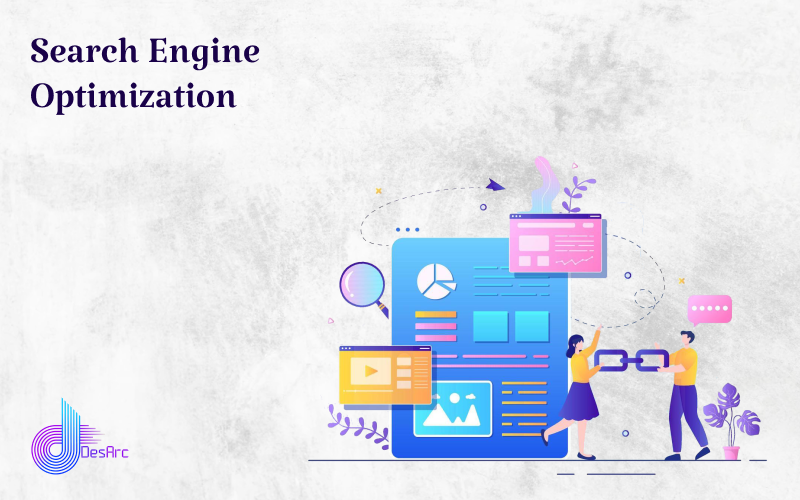
Search Engine Optimization
When a website and its content is optimized for better usability for a user it is called On-Page Optimization and When a website or content gets mentioned on other websites or contents as a reference is called Off-Page Optimization. Both On-Page Optimization and Off-Page Optimization are an important part of Search Engine Optimization or SEO.
No matter how simple the above definition sounds for SEO, it is a difficult task indeed but certainly, have an advantage for long term goals of any business. When a website has a search engine optimization done correctly, it provides organic trustworthy traffic but also provides lesser click cost on your paid advertising.
As may be obvious, the groundwork of good SEO starts with guaranteeing creep openness and climbs from that point.
Utilizing this fledgling’s aide, we can follow these seven moves toward fruitful SEO:
Slither openness so motors can peruse your site
A convincing substance that answers the searcher’s question
Watchword improved to draw in searchers and motors
Extraordinary client experience including a quick burden speed and convincing UX
Share-commendable satisfied that procures connections, references, and intensification
Title, URL, and portrayal to attract high CTR in the rankings
Bit/blueprint markup to hang out in SERPs
We can get you website traffic through our Search Engine Optimization services.
We don’t need to reinvent the wheel now, but we should know when to use a wheel, what kind of wheel, and to put where to drive better traffic. Check the image below


What is SEO?
SEO stands for search engine optimization. It’s the practice of optimizing content to be discovered through a search engine’s organic search results. Think of a search engine as a filing system in a library. The library has potentially billions of books with hundreds of trillions of pages. So let’s say you want to find information on health supplements. The search engine will then look through all pages in its index and try to return the most relevant results. Now, the first search engine you’re probably thinking of is Google. But there are tons of other search engines you can optimize your content for.
For example, YouTube SEO is getting traffic to your videos in YouTube’s organic search results. Amazon SEO is the same, but you’re optimizing your product pages to get free organic traffic. And of course, Google SEO is the process of optimizing your website to rank on Google and drive more traffic to your web pages. Search engines use sophisticated algorithms and technology to return the best results for any query. Nobody knows exactly how these algorithms work, but we have clues, particularly for Google, so we can make some optimizations.
3 pillars of SEO


Do you want to know how the website, company, or brand is found on google? The core skill is to rank the website.
Technical Optimization-


Specialized Optimization is the most common way of finishing exercises on your site that are intended to further develop SEO yet are not connected with content. It frequently occurs in the background.
On-Page Optimization –


On-Page Optimization is the most common way of guaranteeing the substance on your site is important and gives an incredible client experience. It incorporates focusing on the right catchphrases inside your substance and should be possible through a substance-the-board framework. Normal instances of content administration frameworks incorporate WordPress, Wix, Drupal, Joomla, Magento, Shopify, and Expression Engine.
Off-Page Optimization –
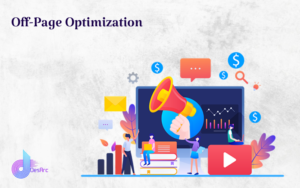

Off-Page Optimization is the method of upgrading your site’s web search tool rankings through exercises beyond the website. This is to a great extent driven by backlinks, which help to fabricate the site’s standing.
What Are The Benefits Of Doing Search Engine Optimization?
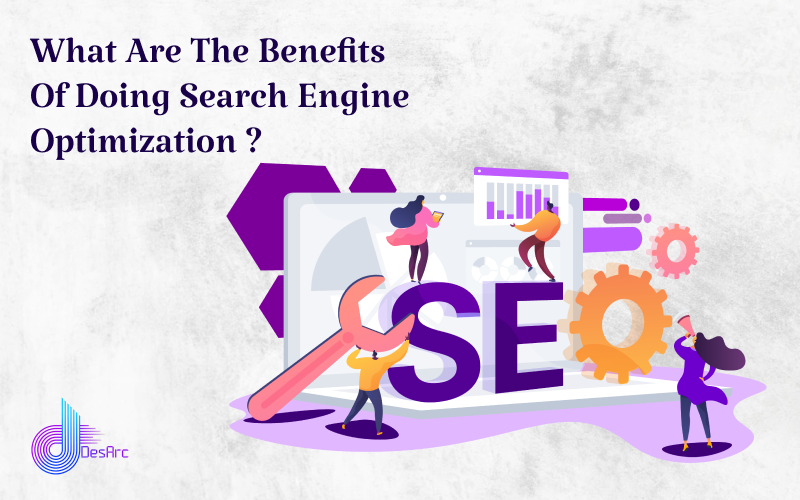

Well, there are 3 major benefits of search engine optimization that attract marketers from all over the world.
#1. Traffic from your SEO efforts is free.
#2. Your traffic will be consistent once you’re ranking high.
#3. You have the opportunity to reach massive audiences, you wouldn’t have access to otherwise.
Now, every search engine has unique algorithms, here we will be focussing on how Google works to rank pages since it’s the largest search engine and the one.
How Does Google Search Engine Optimization Work?

Well, there are two main terms you need to understand. These are crawling and indexing. To actually attain information, Google uses crawlers, also known as spiders, which gather publicly available information from all over the web. The spiders start with a list of URLs, which they may have previously crawled or found in sitemaps. These are called seeds. They then follow the hyperlinks on the pages from the seeds and then crawl those newly discovered pages.
And this process goes on and on, allowing them to build a massive index of information. They then take all of this data back to Google’s servers to be added to what they call, their “search index.”Their algorithms then work by taking things like keywords and content freshness to categorize queries so they can return the most relevant results to searchers in a fraction of a second.
Have you ever wondered how google search engine optimization work? How do things get into place? How when you search about anything the right thing comes on the search page. How does the ranking take place on the website? what keywords, Information is used to put the website in where it is? Let’s learn how to google search engine optimization work.
Now, Google isn’t just about matching keywords within a search query. They’ve created something called the “knowledge graph,” which according to Google, “goes beyond keyword matching to better understand the people, places, and things you care about.
Google’s goal is to sort through hundreds of trillions of web pages within their search index and find the most relevant results in a fraction of a second. On Google’s “How Search algorithms work” page, they say that they look at the words of a searcher’s query, relevance and usability of pages, the expertise of sources, and your location and settings.
These ranking factors aren’t linear, but they’re weighted depending on the nature of your query. As an example, they mention that the “freshness” of content plays a bigger role in answering queries about current news topics. However for definition-based queries like“what is search engine optimization?, “freshness wouldn’t play as large of a factor since this core definition itself hasn’t really changed.
In addition to technology-based innovations like artificial intelligence and machine learning, Google also uses a group of people to manually assess how well a website gives people who click on the results what they’re looking for. These people are called, “Search Quality Raters.”
Rest assured that these aren’t people at Google manually moving your web page around in the search results because they like or don’t like you. These people don’t directly impact rankings, but rather helps Google benchmark the quality of their results. For now, let’s dig deeper into a few broad categories of Google’s ranking factors. The first and most obvious thing they need to do is understand the meaning of a query.
For example, if you search for “slow cooker recipes,” what do you expect to see in Google’s search results? Probably a list of recipes, right? And that’s how Google interprets the query too. But what if you just search for the word “slow cooker?”What would you expect to see? After keying that into Google search, you’ll see product listings and e-commerce category pages.
Google is able to interpret that someone searching for this phrase likely has the intent to purchase the appliance rather than look for recipes in that time. Understanding the meaning of a query comes down to language. Google has created language models to decipher strings of words they should look up. They understand that when you type “slow cooker”, that you’re actually looking for a “slow cooker.
“They also understand synonyms. For example, looking at the search results for “how to make a website,”you’ll see that they’ve bolded synonyms within the search results. Beyond language, search algorithms also try to understand the type of information you’re looking for.
For example, if you search for “ps4 unboxing, “you’ll see that the top 10 Google search results are chock-full of pages from YouTube.They understand that anyone searching for an unboxing tutorial would likely prefer video content over text or images. Whereas a query like “map of New York, “will show you image results as well as a widget from Google Maps.
Now, what about a query like, “best Mexican restaurant? “You’ll see that Google shows restaurants that are close to your location, despite not entering a city name in the query. And that’s because someone searching for this isn’t going to fly halfway across the world for lunch. Another part of interpreting a searcher’s query comes down to freshness. For example, if you search for “Donald Trump, “Google understands that people likely want recent news, over biographies. So they give priority in their top stories widget from reputable sources.
What are the top search engine optimization strategies?
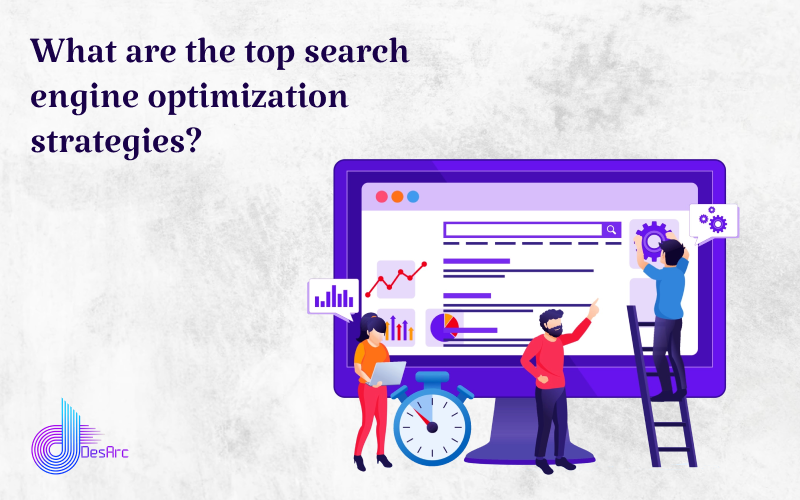
As calculations and best practices are continually developing, SEO techniques move, as well. We’ve gathered together 10 of the most present and significant SEO systems to execute in 2019. We should begin.
If you have come this far this means you understand how google search engine optimization work now for doing SEO you need to learn some strategy of search engine optimization for ranking the website.
Now, every search engine has unique algorithms, here we will be focussing on how Google works to rank pages since it’s the largest search engine and the one. And most people in the world use google in their everyday life to search for anything they want or any information they need.
1. Optimize for search engines and people.
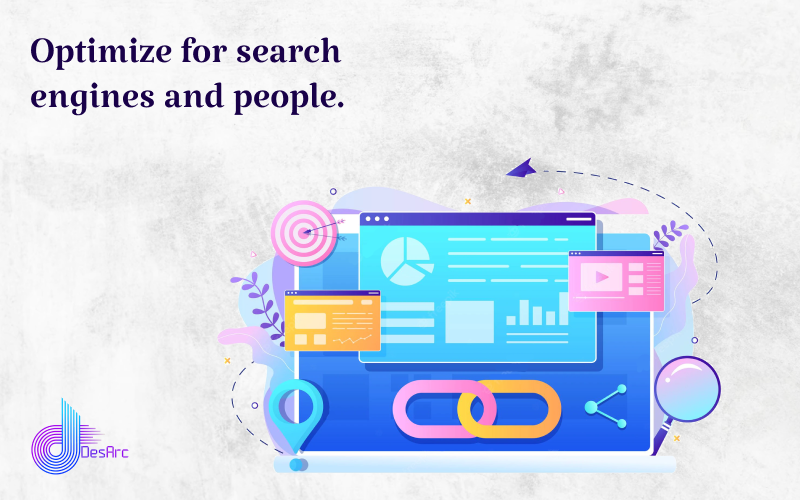

Web optimization wouldn’t be what it is without the objective of enhancing your sites for web indexes to handily discover, yet you would prefer not to get excessively impeded in information and change such an extensive amount your duplicate that it sounds more like a bot than an individual.
Consider it along these lines: SEO is a device that conveys your substance to perusers. You need to guarantee conveyance, however, you additionally need to ensure endorsers, clients drive despite everything locate your substance locks in.
As you plunge into the information, discover watchwords to target, and update your old substance, do as such while as yet remembering the end beneficiary. In the event that an SEO system bargains the clarity or viability of your informing, you might need to reexamine.
2. Significance is critical.
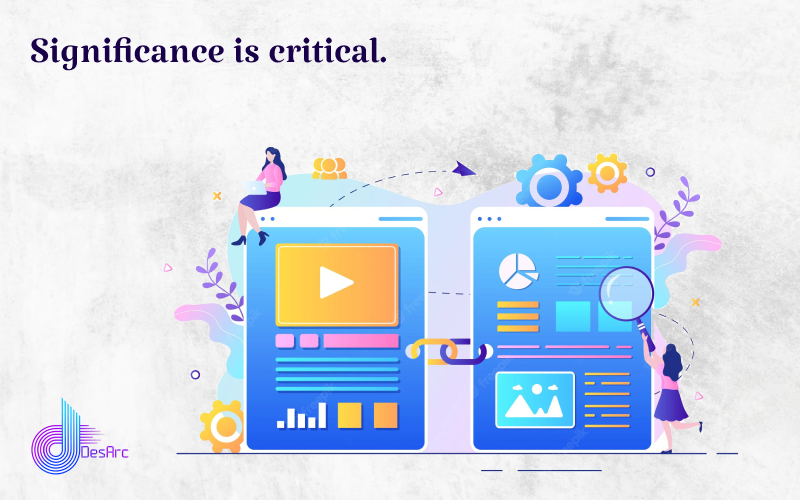

Toward the start of another year, something that should move to the highest point of your need list is to refresh the entirety of your old substance.
Despite the fact that you may have scarcely started the new year and 2018 doesn’t feel that distant, web crawlers are naturally going to organize content delivered in 2019.
While we’re still in January, it’s an extraordinary time to add extra substance to more seasoned posts, including ongoing exploration and measurements, and start the year creating a great deal of truly very much enhanced articles.
Perceive how The Hustle utilized the New Year as a chance to return to how much their CEO made in earlier years:
3. Upgrade for speed.
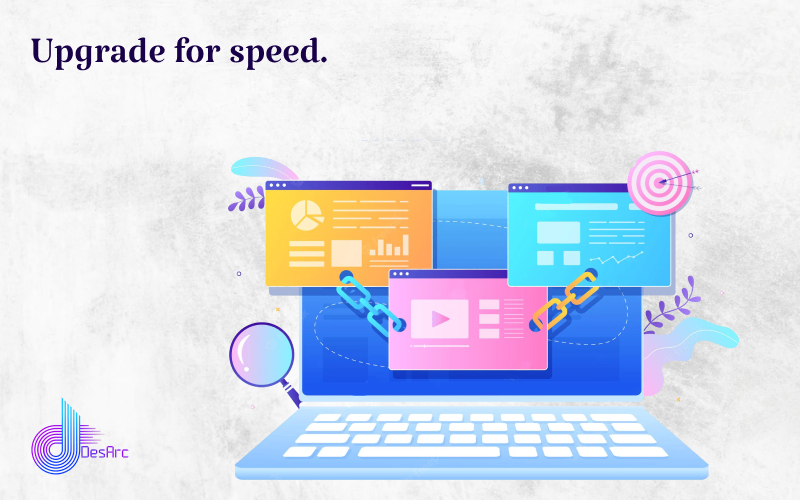

While we’ve generally discussed improving inside the substance on your site, it’s likewise critical to observe the whole client experience, and speed is a central point that adds to that.
You’ve presumably had the experience of abandoning a site that is taking too long to even consider loading and proceeding onward to the following alternative Google recommends, so when you’re on the opposite end, you need to ensure speed isn’t an obstruction to web indexes or people getting to your content.
Utilizing Google’s Page Insights Tool, you can quantify stacking times and improve web execution.
4. An image is worth 1,000 (catchphrases, or something to that effect)


When you’ve ensured your substance is as clear and complete as could reasonably be expected, the following most ideal approach to improve an article or site page is to give visuals.
This can be anything from recordings to photos to infographics and everything in the middle of, and once more, it ought to offer some benefit to your peruser. Possibly making a more top to a bottom article about an intricate point implies you’re covering a great deal of data on the double.
Making a visual flowchart, a video strolling you through each progression, or a fascinating gif can expand the SEO esteem and streamline the perusing experience for the peruser. It’s a success win.
5. Try not to let meta portrayals become a bit of hindsight.
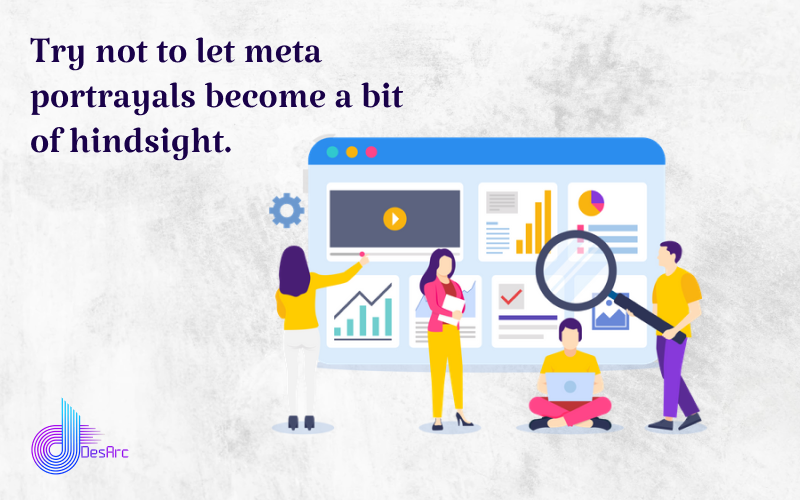

Whether or not or not you’ve utilized meta depictions to their maximum capacity, you’ve most likely seen the field for it before distributing your last draft.It’s simple for advertisers to at long last get their duplicate and pictures where they need them, settle alters, and quickly press distribute, expecting that finishing the SEO fields won’t generally have that large of an effect.
While we’ve unquestionably underlined the significance of substance, the top-positioning articles are those that are composing at the full limit and utilizing purposeful SEO information. Leaving a meta portrayal clear or composing it rapidly without speculation deliberately.
Be that as it may, meta depictions resemble an initial introduction for both Google and your peruser. On the off chance that you don’t fill them with watchwords and an exact impression of your article, you might be keeping your article from being found. Some well-known strategies for composing meta depictions that stand apart incorporate making desperation, speaking to feeling, and exhibiting esteem.
6. Ensure your content is open is key to search engine optimization
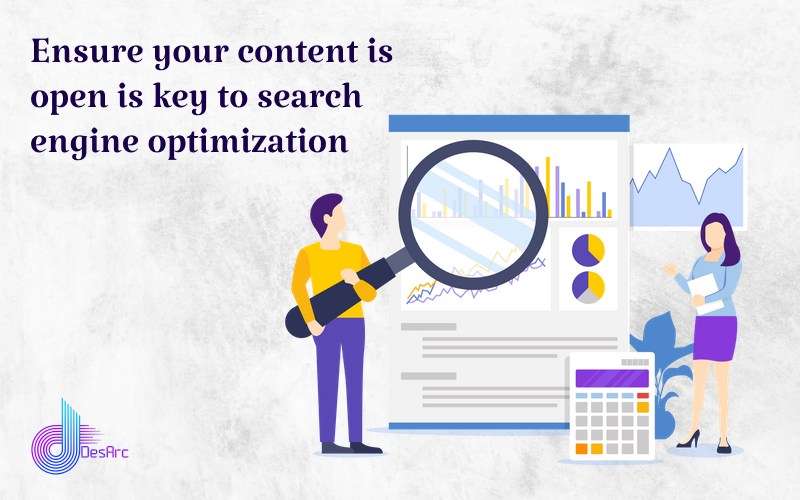

Making openness for individuals of all capacities has consistently been something to take a stab at in an online substance, however, the ongoing ascent of sound tech gadgets has made this a significantly increasingly significant issue.
More individuals are tuning in to your messages, sites, and list items like never before previously, and this pattern doesn’t appear to back off at any point in the near future. Truth be told, our Design Services Lead Logan Bard made this his expectation for advertisers in 2019:
“With innovation like Google Home, Alexa, and Siri getting progressively common, that will at last wind up changing how individuals connect with their email. There are many more things being perused to you and you’re reacting through voice, as opposed to associating with content.
We have to ensure our messages can be perused by voice-assistive gadgets, utilizing solid and convincing copywriting, just as strong successful openness rehearses in email advancement.”
7. HTTPS is the new HTTP.


Google has been urging web area proprietors to switch their destinations over to HTTPS since 2007, yet quite soon any structures or search boxes on your website that run utilizing HTTP could cause a mistake message in Google Chrome—on the off chance that it hasn’t as of now. This is a programmed obstruction for perusers to get to your website, which could drastically affect your web traffic and commitment.
The simplest method to change from HTTP to HTTPS is to contact your web have. They ought to be comfortable with the progressions and assist you with rolling out the improvement.
8. Concentrate on titles and header labels.
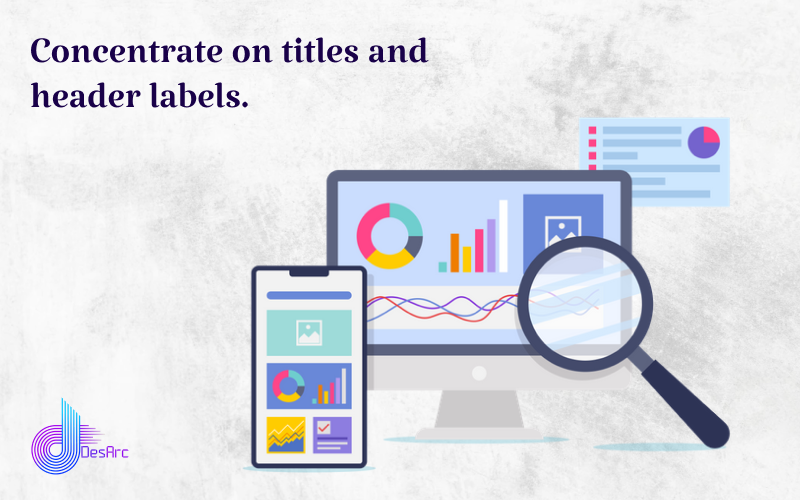

At the point when we talk about catchphrases, the best spot to put them is in your title and header labels (H1s, H2s, H3s). From a substance viewpoint, this implies arranging your duplicate at an opportune time in the creation procedure as per search terms, which will save your substance on target for a positive SEO positioning.
Analysis with various title organizations and take a stab at utilizing a feature analyzer to figure out which titles and headings you ought to go with.
9. Utilize an XML sitemap.
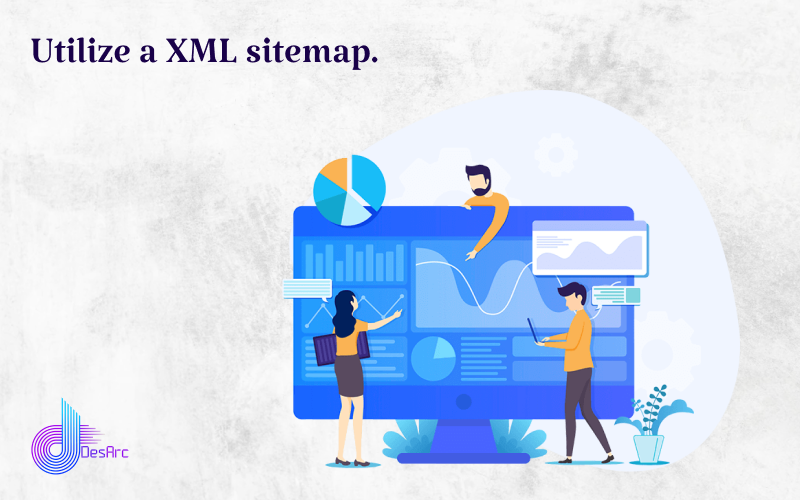

This isn’t as terrifying as it sounds—XML sitemaps are basically only a record of the entirety of your site’s pages to help web indexes discover and explore them. There is an assortment of approaches to do this, including a couple of modules that will do it for you and ensure the entirety of your new substance is crawlable. This will help guarantee that your substance is upfront in the search engine optimization rankings and showing up at the highest point of the indexed lists list when a client looks through an applicable term.
10. Content > Keywords Search Engine Optimization
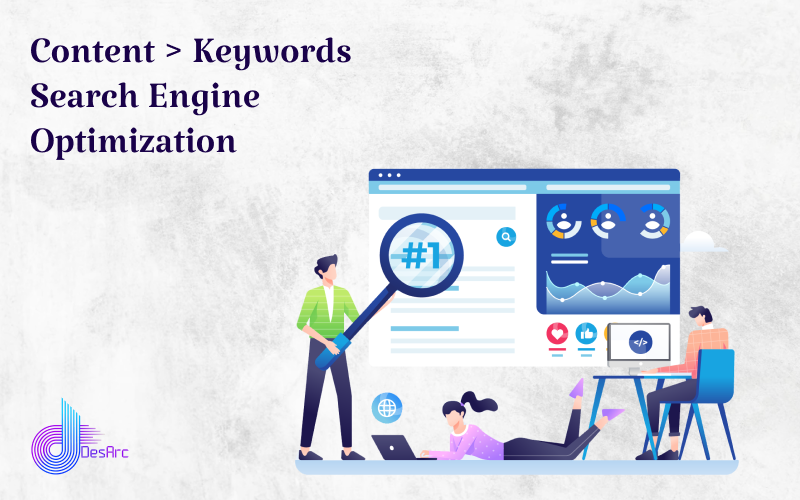

Indeed, watchwords are basically the situation with regards to search engine optimization yet yielding substance profundity for fitting one more catchphrase in isn’t your best move. Truth be told, an article with incredible research, connections to its sources, and a length of 1500 to 2000 words is the sweet spot for both substance and search engine optimization.

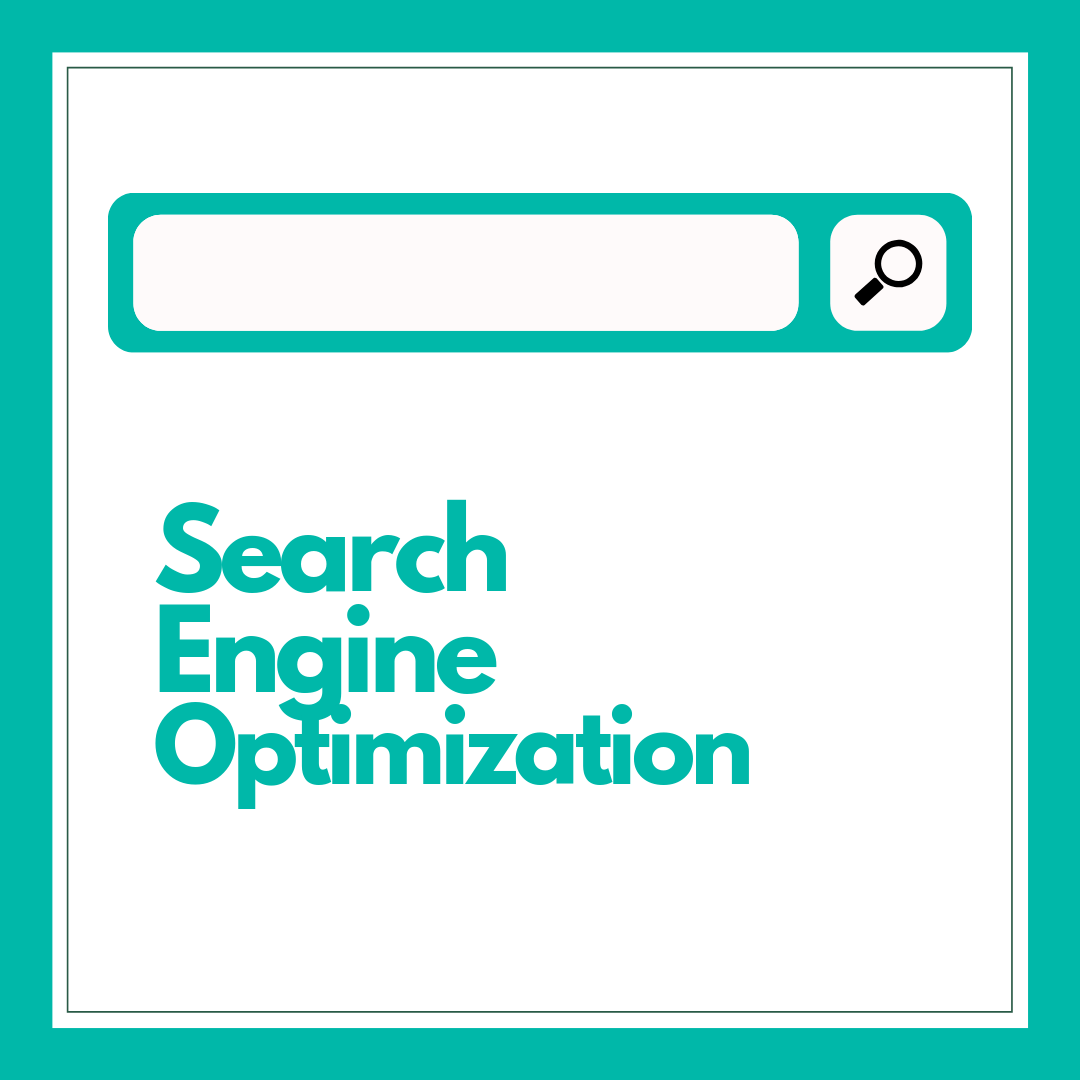

Reviews
There are no reviews yet.